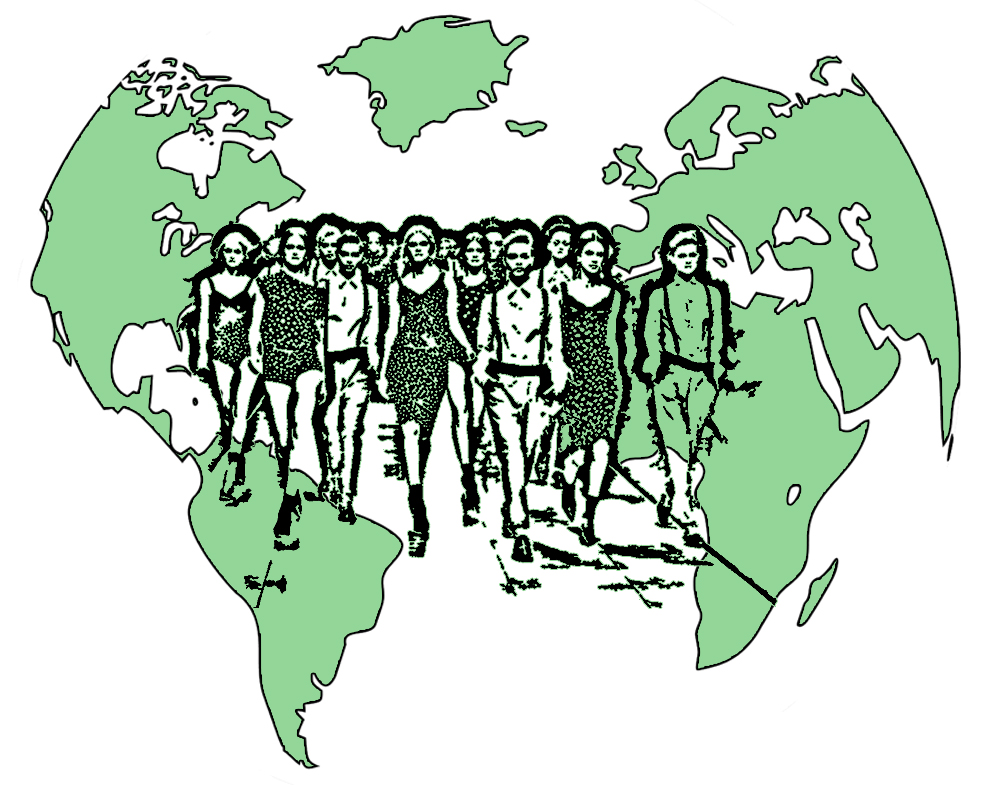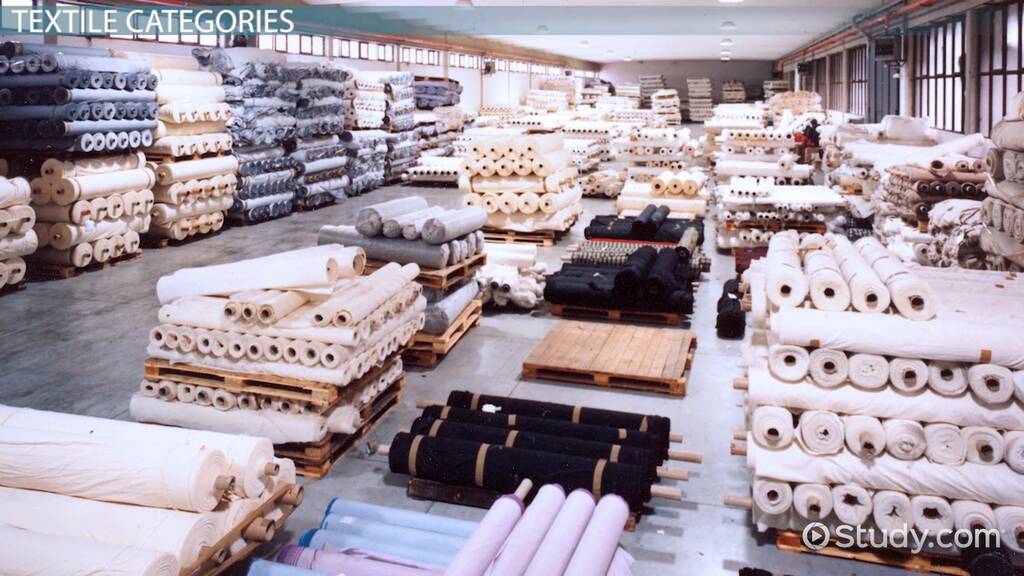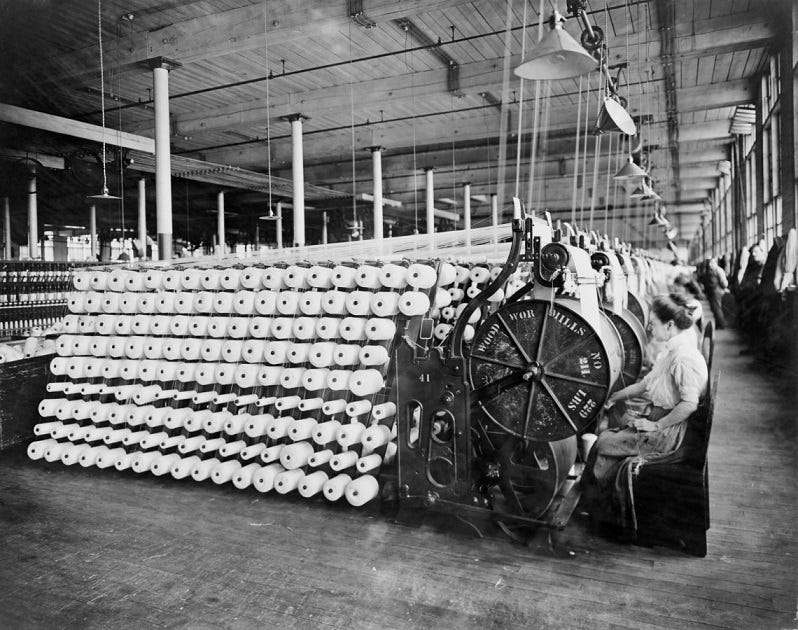Fashion is more than just clothing; it is a multibillion-dollar sector that drives economic growth, promotes innovation, and offers job opportunities around the world. In nations such as India, where textiles have been a part of the cultural and economic landscape for hundreds of years, the fashion sector is critical for the economic development of the country and for shaping the country’s socioeconomic structure. Let’s understand the importance of the textile industry to India’s economic growth and the broader implications for the country’s development trajectory.
Textiles have long been a part of India’s cultural heritage. Since ancient times, the country has been a center of textile manufacturing and trade, with evidence of archaeological digs throughout the region revealing complex weaving skills and flourishing textile traditions. Fabrics were not only emblems of wealth and status but also played an important role in religious rituals, cultural ceremonies, and daily life. During the colonial era, India’s textile industry experienced considerable changes as a result of colonization and the adoption of mechanized manufacturing techniques. Colonial policies aimed at exploiting India’s textile resources for the benefit of the British, resulting in the decrease of local textile manufacturing and the establishment of British-controlled mills. Despite these problems, India’s rich textile legacy has endured, with traditional handloom weaving and artisanal skills flourishing in communities across the country.
Textile Industry’s Important Contributions
The textile sector in India is an essential component of the economy, contributing greatly to the country’s GDP and employment rate. Employment generation is one of the textile industry’s most important contributions to India’s economy. The industry provides a source of income for several people, particularly in areas where textile production and handloom weaving are common. Additionally, it also provides indirect employment opportunities in sectors such as agriculture, transportation, and retail.
The textile industry, with its extensive network of mills, weaving groups, dyeing units, and garment factories, is an important component of India’s manufacturing sector, which is critical to the country’s industrialization and economic diversification. The textile industry also has an impact on other sectors such as transportation, packaging, and administration, boosting economic activity and creating chances for small businesses to prosper. The industry’s contribution to exports boosts India’s foreign exchange profits and strengthens its position in the global market.
The textile sector not only provides jobs but also helps to alleviate poverty and promote socioeconomic development, especially in areas where other employment opportunities are few. Furthermore, the industry’s labor-intensive nature makes it an important driver of inclusive growth, employing a varied workforce that includes skilled artisans, craftspeople, and laborers from disadvantaged regions. As India works to fulfill its economic and social development goals, the textile industry continues to play a critical role in generating employment, community empowerment, and inclusive prosperity throughout the country.
Export Revenue
Export revenue is another important component of the textile industry’s contribution to the Indian economy. India’s textile manufacturing ability has propelled it to the top of the global textile and apparel export rankings. Cotton garments, silk fabrics, woolen textiles, and synthetic fibers are some of the textile products exported to international markets. These exports provide significant revenue, which helps India’s foreign exchange reserves and balance of trade. The textile industry’s export profits not only benefit the country’s economy but also improve its global competitiveness and market position. The revenue generated from textile exports supports investment in infrastructure, technology, and skill development, fostering further growth and innovation within the industry.
In recent years, India’s textile sector has witnessed a change fueled by innovation and technological advancement. Technological breakthroughs have transformed the way textiles are manufactured, created, and sold. These advances have not only increased textile production productivity and efficiency but also created new potential for value addition and product differentiation. In line with global trends, the textile sector has also placed a higher value on sustainability and ethical practices. Sustainable fashion initiatives such as organic cotton cultivation, eco-friendly dyeing techniques, and waste reduction procedures have gained momentum, owing to consumer demand for ethically manufactured and environmentally friendly clothes.
Challenges Faced
Despite its substantial contribution to India’s economy, the textile industry faces several issues that threaten its growth and sustainability. These include growing input costs, fluctuating raw material prices, competition from low-cost manufacturing nations, and adherence to international labor and environmental regulations. Furthermore, the COVID-19 epidemic has disrupted global supply chains and harmed textile exports, resulting in job losses and economic suffering for workers in the industry.
In conclusion, the textile sector is critical to India’s economic development and socioeconomic improvement. From its historical roots to its contributions to employment generation, and export earnings the textile industry is a pillar of India’s economic and cultural history. As the industry evolves and adapts to shifting global dynamics, it is critical to prioritize sustainability, innovation, and inclusivity to secure a brighter and more successful future.



























